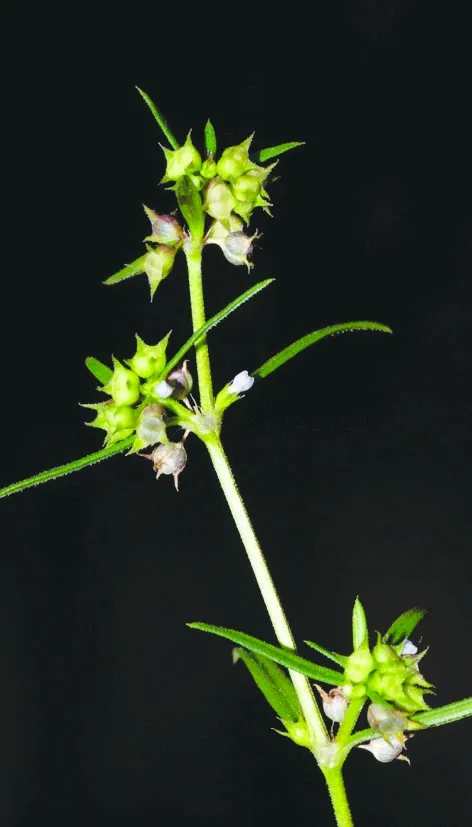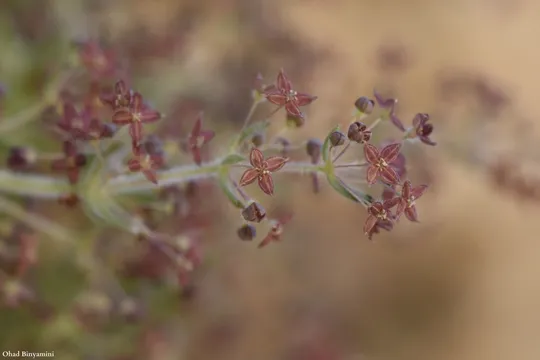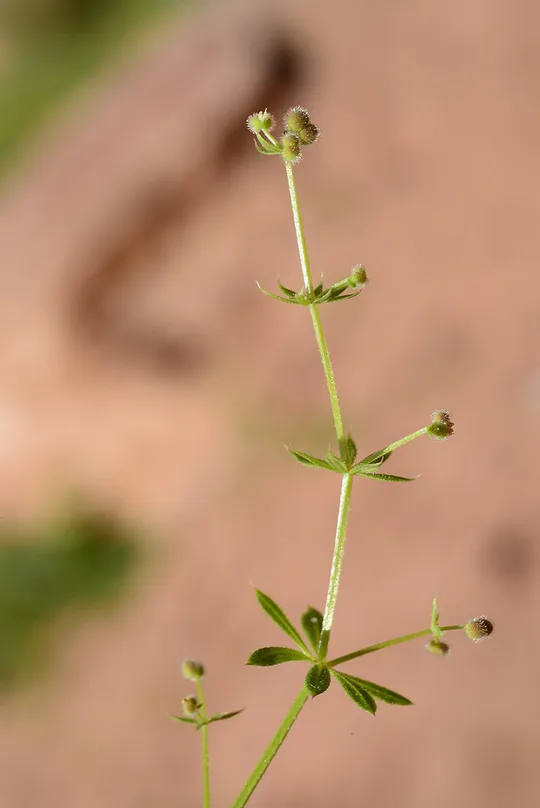Maritime Crosswort
Crucianella maritima
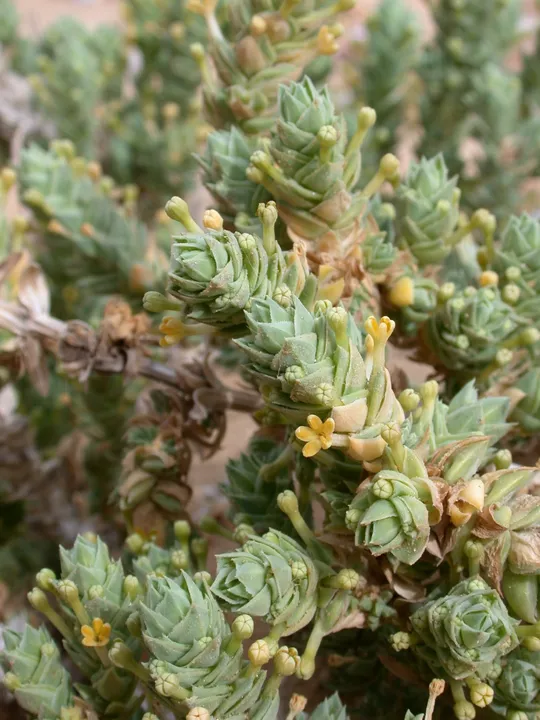
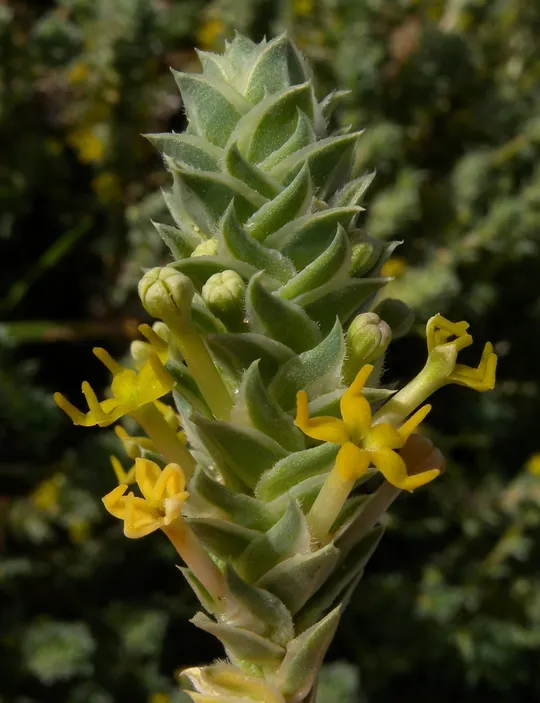
Crucianella maritima grows in the spray zone on the Carmel Coast, in the
Sharon and in Philistian Plain and is found at 30 sites in Israel, although
according to estimates there are 32 sites. On the Carmel Coast, it is found in
Neve Yam and En Ayala; in the Sharon it grows on the beaches of Sdot Yam, Bet
Yanay, Havatselet, Netanya, Poleg, Yakum, Ga’ash, Shfayim, Rishpon, Herzliya
and the Tel Aviv country club. In the Philistian Plain the plant is known from
the coast of Bat Yam, Rishon LeZion, the Palmahim-Yavne region, Nitsanim and
Ashkelon, but is extinct from Tel Aviv. In the early 1980s, it was also
observed twice on the AKhziv Beach in the Acre Valley, although it has not been
found there since. The plant was also recorded from the Gaza Strip near the
mouth of Wadi HaBesor. In the Flora Palaestina and in the analytical flora it
is noted as growing in all the coastal regions including the western Negev, but
apparently its distribution is now smaller.
Front sand dunes and calcareous sandstone in the
coastal spray zone about 10-1000 m from the shoreline.
The genus Crucianella has about 30 species mainly concentrated in the
Mediterranean and Irano-Turanian regions. In Israel, there are seven species,
six of them annual grasses and C. maritima, a perennial dwarf shrub. All the species of the genus bloom
at night, and emit an aroma that attracts processionary and other moths.
·
Crucianella maritima was once considered a fairly common species, but in
fact, it only grows in three regions in Israel (not including the Gaza Strip) and
is extinct from another region (Acre Valley).
·
The decrease in the number of regions and sites where C. maritima grows reflects the reduction of undisturbed natural habitats
on Israel's coast caused by ongoing urban and tourism development.
·
C. maritima is protected in the Nitsanim Sands Reserve. Most of its
sites are located in open areas that are not in declared nature reserves or are
only proposed reserves. Some sites are located in national parks: Hof HaSharon
National Park, Wadi Rubin National Park and Palmahim Sands National Park.
·
The species is found on all the beaches in Mediterranean
countries, it is not globally endangered and does not appear in red plant lists
in these countries.
Undisturbed sections of beach should be set
aside and not developed. Over-development of national parks on the coast should
be avoided and their vegetation kept natural as far as possible.
Crucianella maritima is found on beaches in all the countries around the
Mediterranean, including North Africa and the islands.
Crucianella maritima is a dwarf shrub of sand and calcareous sandstone in Israel's coastal
spray zone. It was once considered to be a fairly common species but the number
of its sites has decreased greatly. C. maritima
occupies habitats that are easily accessible to vehicles and people and is
threatened by development. Its distribution in Israel is peripheral and this is
the southeastern edge of its global distribution.
Current Occupancy Map
| 1000 squre meter pixel | 5000 squre meter pixel | 10000 squre meter pixel | |
|---|---|---|---|
| number of observations | 0 | 0 | 0 |
| in total pixels | 0 | 0 | 0 |
| Family | Rubiaceae |
| Classification | On the endangered species list |
| Ecosystem | Coastal Mediterranean |
| Chorotype | Mediterranean |
| Conservation Site | Poleg Beach, Palmahim Beach |
| Rarity |
1
1
6
|
|---|---|
| Vulnerability |
0
4
4
|
| Attractiveness |
0
0
4
|
| Endemism |
0
0
4
|
| Red number |
1
3.2
10
|
| Peripherality | N |
| IUCN category | DD EW EX LC CR EN VU NT |
| Threat Definition according to the red book | Vulnerable |
 Based on:
Based on:
